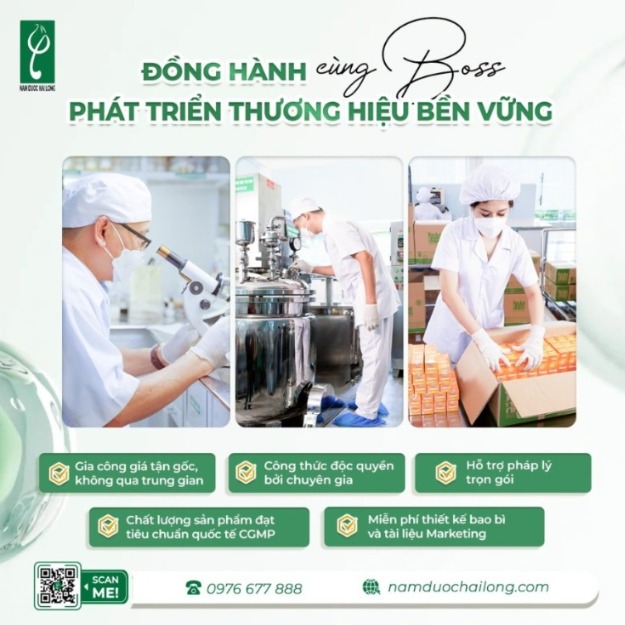Bearings are crucial for the effective functioning of machinery in various sectors, lowering friction and wear on moving components. As the demand for better performance, efficiency, and reliability increases, bearing technology has progressed to satisfy these variable conditions. Recent technological developments are transforming the design and use of bearings which enhances overall industrial efficiency.
Innovations ranging from high-performance ceramics and composites, together with self-lubricating bearings and smart systems with IoT capabilities are improving machinery lifespan and reducing downtime and maintenance costs. Moreover, low-energy bearings play a crucial role in lowering operational costs for businesses while advancing sustainability by reducing energy consumption.
This post given below will examine how bearings technology is transforming industries, maximizing efficiency, and addressing modern challenges with renewable solutions.
What Are Bearings and Why Do They Matter?
Bearings are essential mechanical components that allow stable rotational or linear motion by lowering friction between moving parts. Bearings are present in almost every type of machine which ranges from electric motors and turbines to conveyor chains and wind energy generators. Bearings are developed to manage loads, support movement, and improve machinery performance.
Without bearings, industries would face major mechanical breakdowns, increased energy usage, and faster wear on equipment. By reducing friction between moving components, bearings limit wear and decline, leading to more reliable machinery and optimized operational performance.

Different Types of Bearings and Their Uses in Industry
There are various types of bearings, each is created to handle specific loads and types of movement. Below are three basic categories:
Ball Bearings: The most frequently used type which is designed for low to medium loads and high-speed operations. Ball bearings are present in everything from electric motors to automobile wheels.
Roller Bearings: The rollers here are cylindrical instead of balls in the roller bearings, so they are suited for handling heavy loads. They are applied at an industrial scale widely and commonly used in cranes and conveyor systems.
Needle Bearings: A kind of roller bearing, long and thin rollers are placed inside needle bearings, which are commonly used in applications where physical space is limited. Because of this, they can usually be seen in such applications as the engines of most automobiles, as well as in mud motor bearings, where space constraints and durability are critical for optimal performance.
Advancements in Bearing Solutions
Some of the most significant developments in bearing systems forming the future of industrial efficiency are discussed.
1. Advanced Materials for Higher Performance
Some of the most promising innovations in bearing technology are advanced materials. Steel bearings are gradually being replaced by exotic materials, including ceramics, composites, and hybrid materials. Another example is the recent trend in high-speed and high-temperature applications for ceramic bearings due to higher hardness, low frictional properties, and their resistance to wear. The life span is much longer than that of steel, and its use is highly critical in the aerospace and electric vehicle fields when conditions of reliability and performance call for bearings.
2. Self-Lubricating Bearings
Such industrial machinery has maintenance costs as the majority of its total cost of ownership. While the bearings have to be periodically lubricated so that they may remain smooth, it is cumbersome and expensive. Self-lubricating bearings carry an inside reserve of lubricant or have a special coating designed to remove the need for an outside lubrication system. These bearings can be used in the most inaccessible areas, such as mining equipment off-shore oil rigs, or any type of application within the medical industry. A reputable bearing manufacturing company would be crucial in producing superior self-lubricating bearings to extend operational life and reduce long-term maintenance costs.
3. Energy Efficient Bearings
Since the world is more concerned with being green, there is never a better time when the demands for energy-efficient bearings have been more paramount. The friction could be reduced to minimum levels that can certainly increase the general energy efficiency of machines from the bearings. Among these innovations is the hybrid bearing, which reduces lost energy to friction-meaning low operational costs and reduced carbon footprints. Energy-efficient bearings are particularly valuable in high-load applications, such as heavy machinery, electric motors, and renewable energy systems like wind turbines.
4. Additive Manufacturing of Bearings
Another break technology in bearings is additive manufacturing commonly known as 3D printing-for the design of customized bearings. In this method, manufacturers will be able to produce bearings with geometrical complexities unattainable by traditional manufacturing. 3D-printed bearings can therefore be set up for purposes, reducing material waste and increasing general efficiency.
Conclusion
Advances in bearing mechanisms are empowering industries to improve efficiency, drive cost reductions, and choose sustainable options. Through the use of advanced materials, automatic lubrication designs, and IoT abilities, bearings technology is leading the charge in industrial machinery innovation. As these technologies progress, industries can look ahead to higher performance, reliability, and boosted efficiency in the machinery that keeps our world moving. By adopting the newest innovations in bearing systems, businesses can lead the way in industry developments and guarantee their operations are future-proof.

 SURVEY
How Did You Hear About Us?
SURVEY
How Did You Hear About Us?






























Comments